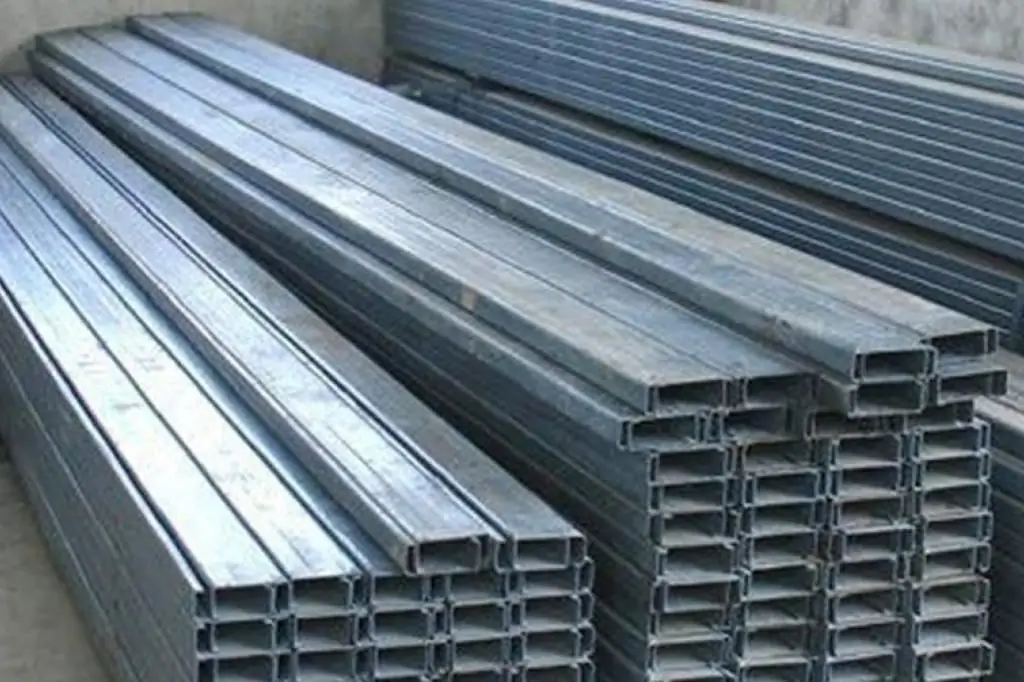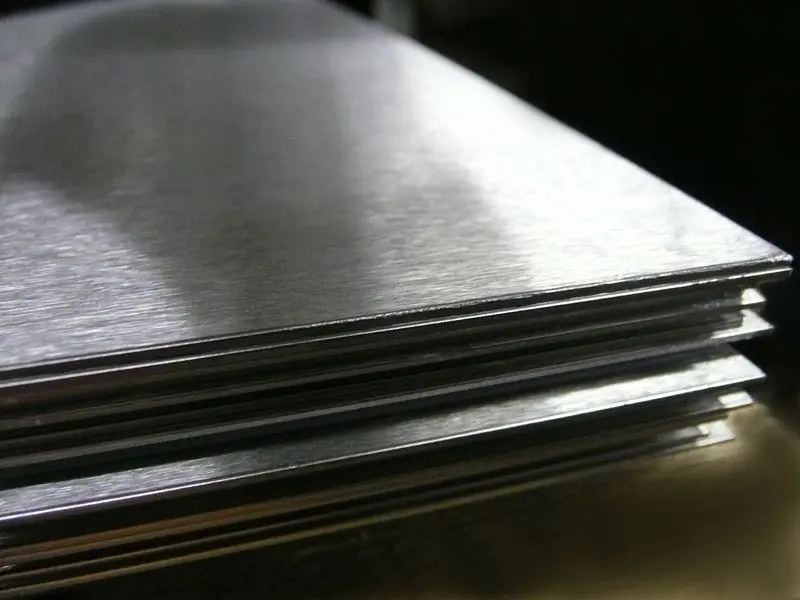2026 Author: Howard Calhoun | [email protected]. Last modified: 2025-01-24 13:10:26
Sometimes it can be very useful to have a short excerpt in front of your eyes, containing all the most important information on a particular issue. This article is just such an excerpt, which contains all the most important information about 10KhSND steel: characteristics, its application, composition and properties.
Transcript

The first thing you should pay attention to is the very marking under which this alloy is produced, because this obscure abbreviation contains a lot of information about 10KhSND steel: characteristics, composition, scope and much more. But first things first:
- The number 10 at the beginning of the abbreviation indicates the content of carbon in the composition of the alloy and, if you believe this figure, its percentage suspension, relative to other chemical elements, will be approximately equal to one tenth of a percent.
- The letter “X” in the Soviet system of GOSTs is used to denote the alloying element chromium.
- “С” - a symbol of silicon - no less commoncomponent of various alloys.
- “H” - according to all regulatory documents, it always denotes the chemical element nickel.
- The letter "D" in the nomenclature always stands for copper.
- It is also worth noting that in this case, after all the letters, there are no numbers. This means that the content of chromium, silicon, nickel and copper in the composition is close to one percent
Summing up all the above theses, we can say that we are dealing with a chrome-silicon-nickel alloy with the addition of copper, which together gives 10KhSND steel characteristics that differ from most similar materials.
Composition

Now let's look at the composition of steel in more detail. Thanks to steel graders and GOSTs, which are easy to find in the public domain, you don’t have to worry about the reliability of the data at all. So, the chemical composition of the alloy is as follows:
- Carbon - 0.12% - the main alloying element that increases the strength characteristics of 10HSND.
- Silicon - 0.95% is one of those alloying elements that increase the strength of steel, its resistance to oxidation and high temperatures.
- Manganese - 0.65% - slightly increases the ductility of the metal and its strength.
- Nickel - 0.65% - has a positive effect on the hardenability of steel, as well as its wear resistance and corrosion resistance.
- Chrome - 0.75% - increases the resistance of the alloy to corrosion, its strength and heat resistance.
- Copper - 0.5% - significantly increases the resistance of the alloy to rust.
- Additionally, there are impurities of nitrogen, arsenic, phosphorus and sulfur, which adversely affect the properties of the material, but their percentage is so small that they are usually ignored.
Steel application

The characteristics of 10HSND, despite the extensive list of additives, are not as outstanding as we would like. That is why this alloy is used as a consumable material in the construction of various building structures. Accordingly, steel 10KhSND is forced to have a number of characteristics suitable for its type of service. Among them are:
- Weldability. For this alloy, the welding process does not require any preliminary procedures and is carried out by any type of welding equipment.
- Cutting. Unfortunately or fortunately, this steel grade does not have outstanding strength characteristics. The use of 10KhSND implies that blanks made of this steel will be subjected to various kinds of machining, so low hardness is not required in this particular case.
- Corrosion resistance. Thanks to impurities of chromium, copper, silicon and several other additives, the steel has an average resistance to rust, which allows it to work without problems in a relatively dry room.
Analogues and substitutes
Like any industrial steel grade, 10KhSND has a number of analogues similar in composition, even if there are not so many of them. The first of them is the Russian-Soviet steel 16G2AS. The other is of Bulgarian origin and10ChSND marking. We can say that in general, it almost completely copies our domestic prototype.
Recommended:
Steel C235: characteristics, properties, composition

It often happens that you need to study a large layer of information, and, as usual, there is not much time. In such a situation, articles such as this one are very helpful: informative and concise. For example, this short review contains all the most necessary information regarding the C235 steel grade: its composition, properties, analogues, decoding and scope. Having studied it, anyone can easily find the type of metal he needs, if necessary
Food stainless steel: GOST. How to identify food grade stainless steel? What is the difference between food stainless steel and technical stainless steel?

The article talks about grades of food grade stainless steel. Read how to distinguish food stainless steel from technical
Steel: composition, properties, types and applications. Composition of stainless steel

Today, steel is used in the vast majority of industries. However, not everyone knows that the composition of steel, its properties, types and applications are very different from the production process of this product
Characteristics of steel 65x13: properties, hardness. Reviews about knives made of steel 65x13

In modern metallurgy, a huge number of steels are used. Their characteristics, as well as the variety of nomenclature, are truly immense
440 steel - stainless steel. Steel 440: characteristics

Many people know 440 steel. It has established itself as a reliable, anti-corrosion, time-tested hard material, which is most often used for the manufacture of knives for various purposes. What is the secret of this alloy? What are its chemical, physical characteristics and applications?

